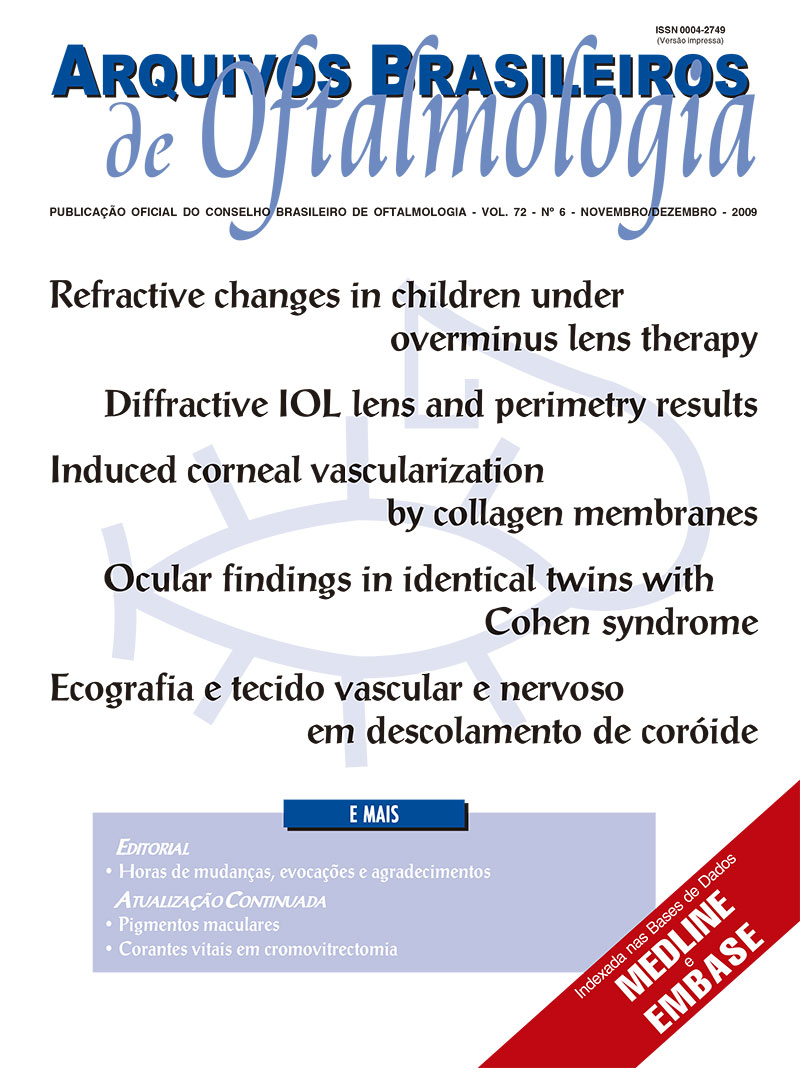PURPOSES: To establish the visually impaired resource class users profile in the city of Assis - SP, to estimate the visually impaired employment percentage and to compare employment rate with age, gender, deficiency type and causing disease between two periods:1984 - 1996 and 1997 - 2009. METHODS: Retrospective review of both medical and school records from visually impaired individuals attending visually impaired resource class in Assis - SP between 1984 and 2009. This time period was divided into two intervals: 1984 - 1996 (G1) and 1997 - 2009 (G2). Collected data included demographic features and diseases, type of visual impairment (blindness or low vision), education, optic aids, attendance to visually impaired resource class and employment rate. Employment rate was associated with age, gender, type of visual impaiment and causing disease between both study time intervals. RESULTS: A total of 149 visually impaired individuals were identified - 61.07% male, 38.9% female, 82.5% white, and 17.4% non-white. Mean age was 18 years. Of the 149 visually impaired, 63.75% had low vision and 36.24% were blind. In decreasing order, the more frequent conditions leading to visual impairment were toxoplasmosis retinochoroiditis (17.40%), congenital optic atrophy (9.39%), high hyperopia (8.72%), pigmentary retinosis and high myopia (with 6.71% each) and congenital glaucoma and congenital cataract (with 6.04% each). Attendance to visually impaired resource class was good by over 50% of the patients. Of the individuals >14 years-old, 44.7% and 12.3% were regularly employed during 1984 - 1996 and 1997 - 2009 periods, respectively. Employment rate only correlated with age (individuals with higher mean age were most frequently employed) and there was not correlation with demographic characteristics, deficiency type and causing diseases. CONCLUSIONS: The main characteristics of the individuals attending the visually impaired resource class are: male, white, with low vision and ocular toxoplasmosis. Nearly half of the individuals older than 14 years-old (44.7%) were regularly employed up to 1996, suggesting that the joint effort of ophthalmologists and teachers helps the social inclusion of these patients. Employment rate dropped over 1997 - 2009 period, and the rate of retirees increased.
Keywords: Vision disorders; Blindness; Vision, low; Employment; Community health centers; Socialization
